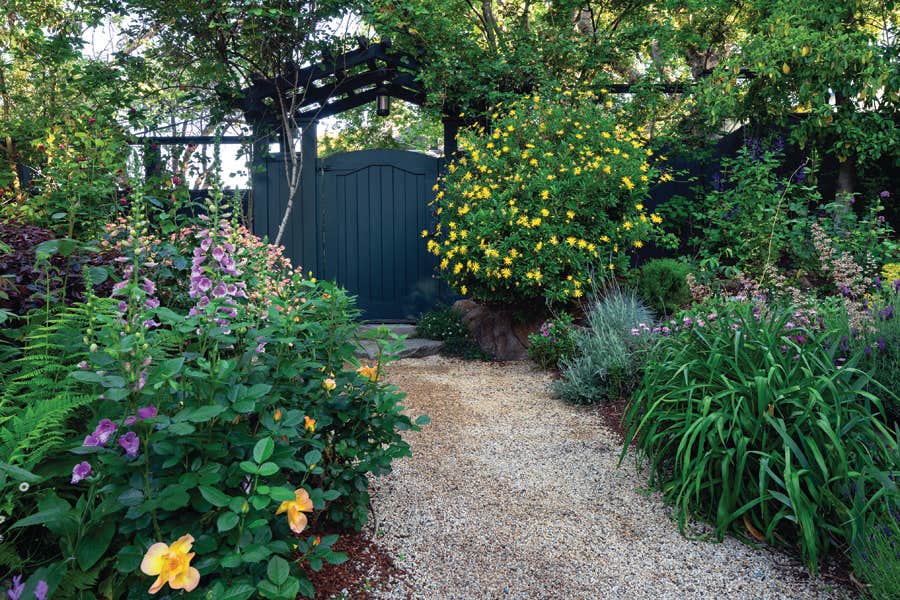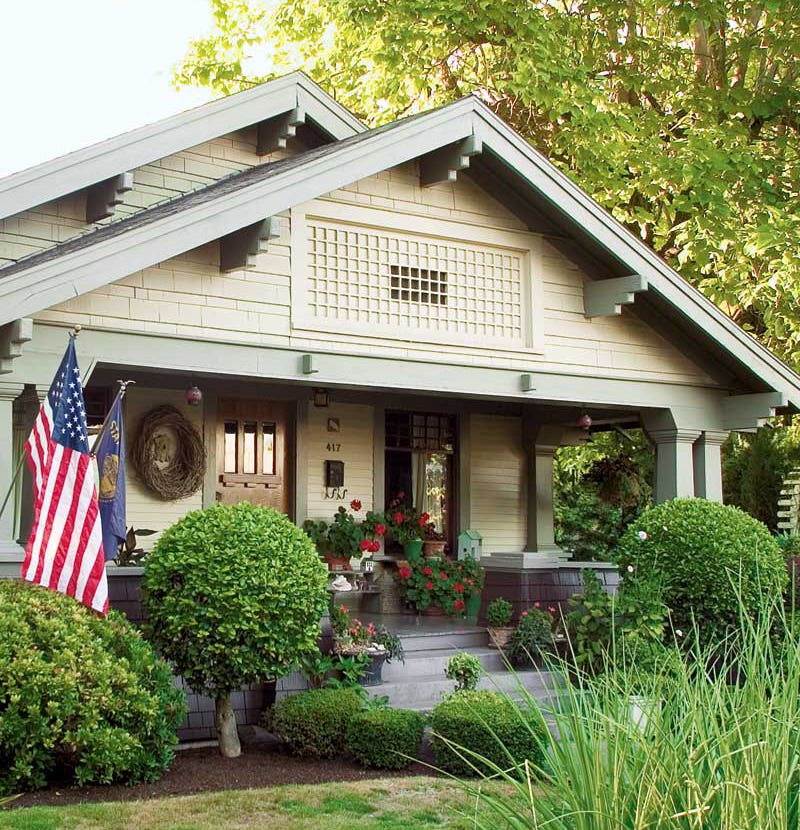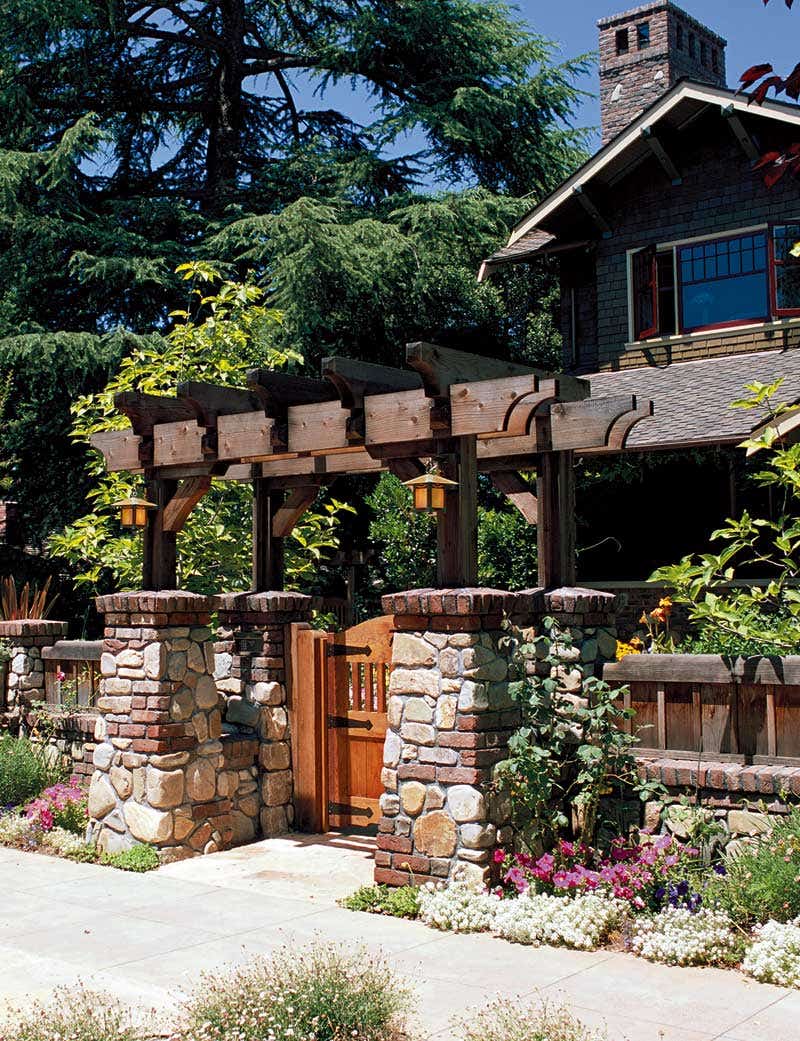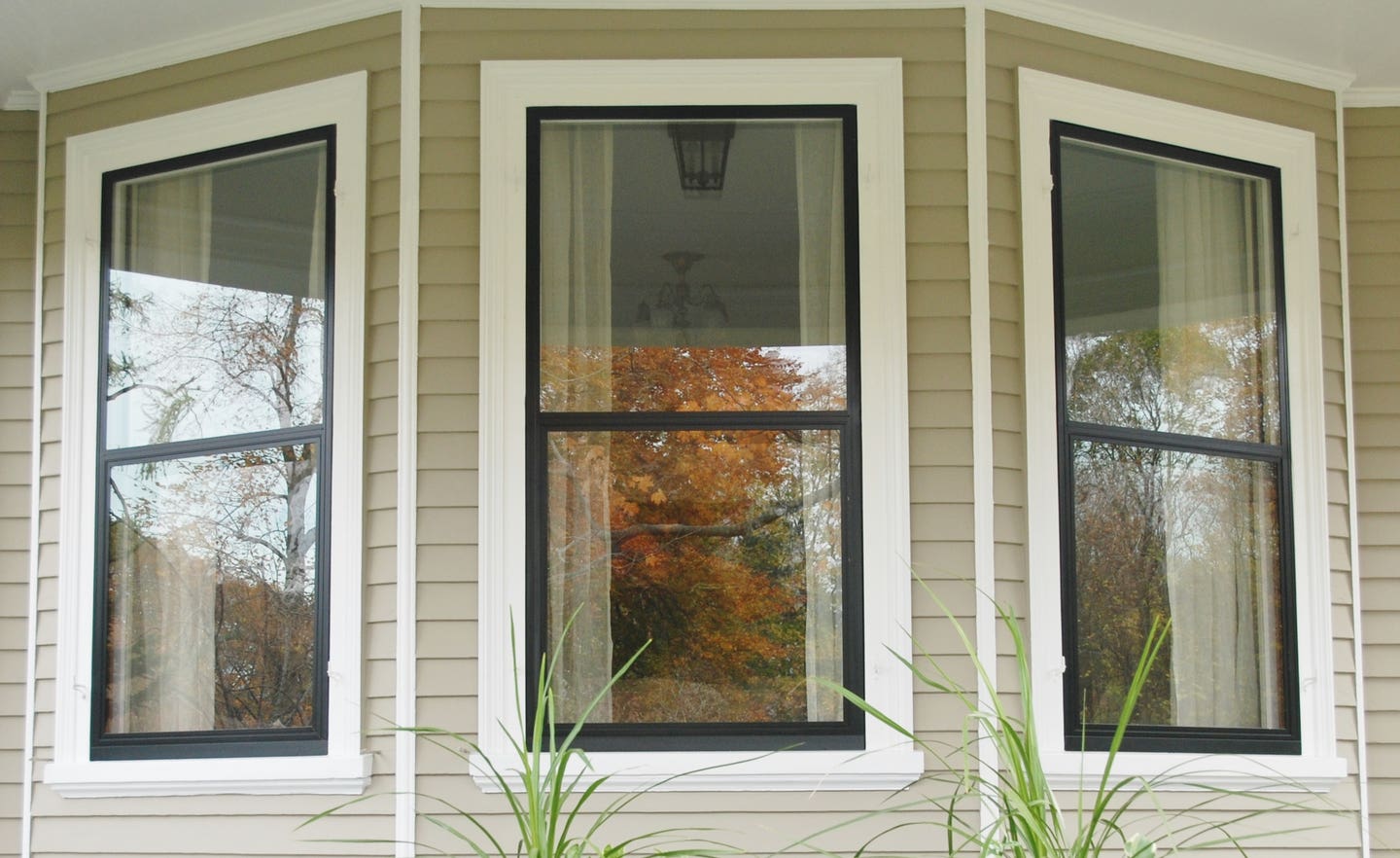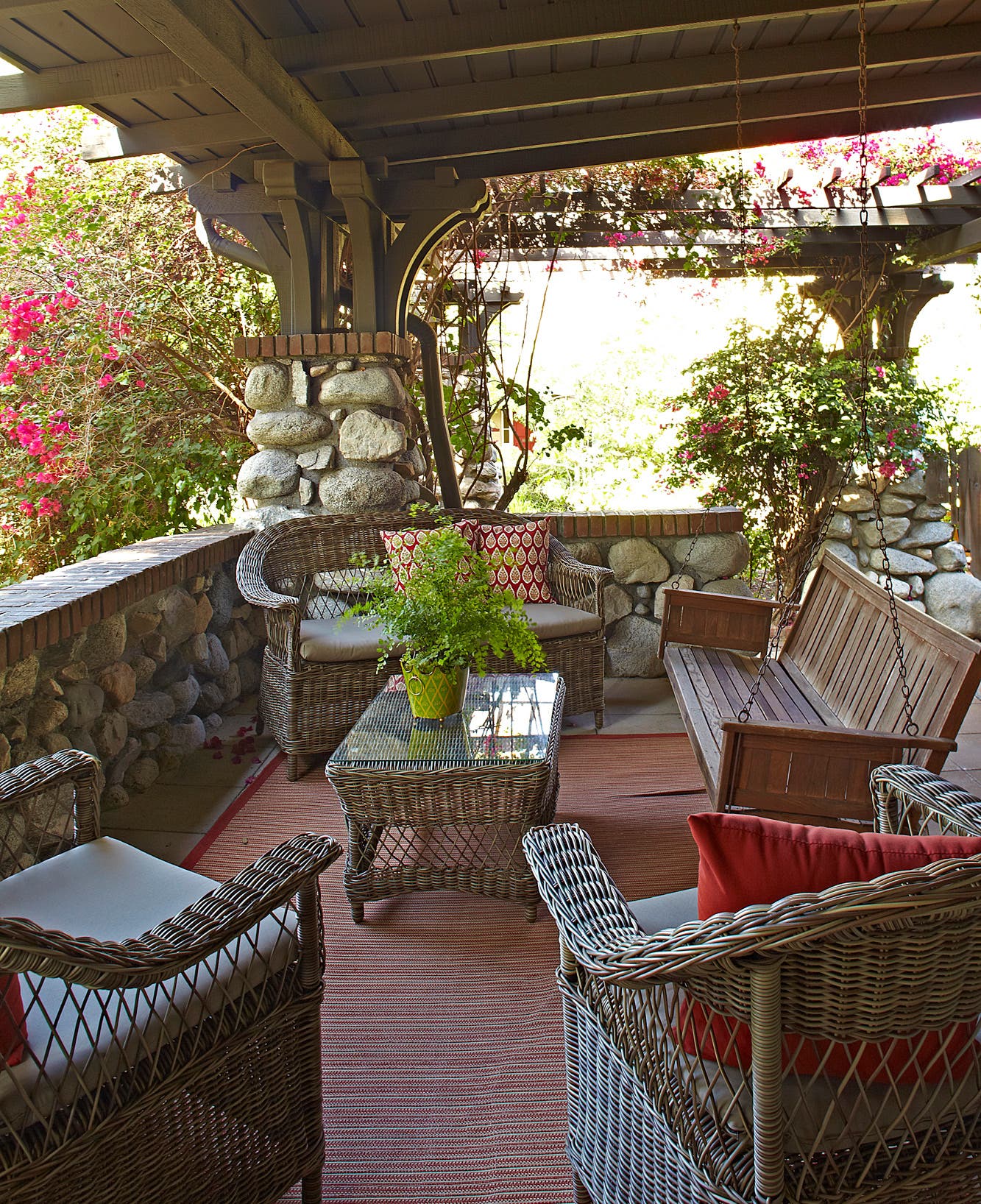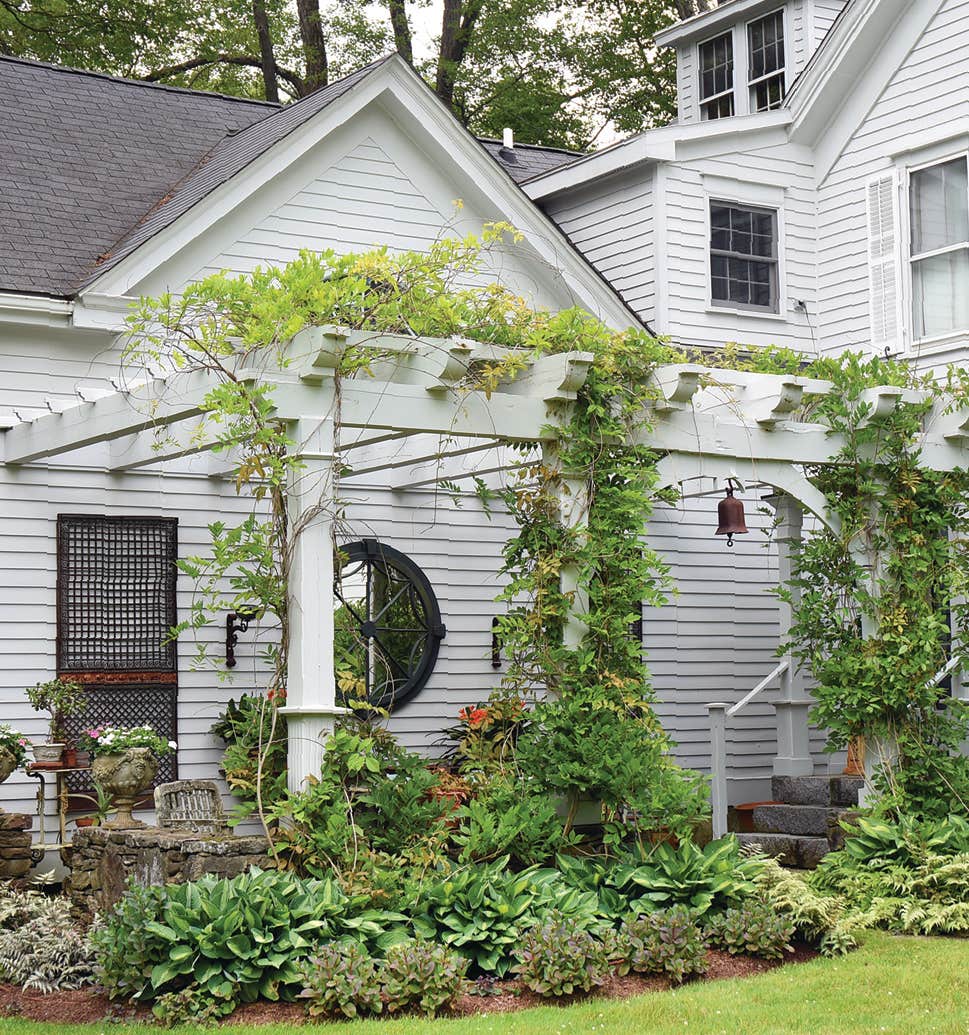A Collaboration with Nature
The owner of an iconic Arts & Crafts house in Hastings-on-Hudson rids the old property of nuisance plants.
Clark and Pru Montgomery were just the third owners of this handsome stone house when they bought it in 1972. The property had been part of an early 20th-century suburban experiment: a 17-acre development in Hastings-on-Hudson in Westchester County, not far from New York City, where thirty lots were set to attract educators and professionals. Substantial, well-designed homes were built in the once-autonomous community; not surprisingly, many were influenced by the Arts & Crafts movement.
Architect William Sanger (husband of Planned Parenthood founder Margaret Sanger) designed this house for Columbia University chemistry professor R.G. Bennett. It has signature Craftsman details: local stone, tapestry brick in the fireplace, inglenooks, art-glass windows. The house was in excellent condition when the Montgomery family moved in and named it Locust Hill House. The garden—10 percent lawn and 90 percent overgrown thicket—was another story.
Pru did her best to control weeds for many years until she had an epiphany while listening to a lecture about invasive species. Seeking further education, she attended a conference, where she met Larry Weaner, the landscape designer who is an expert on native-plant ecosystems. “You need to understand the process of change,” he says; unlike conventional gardens, his habitats are meant to evolve. “Nature takes its course.” Weaner’s lecture was illustrated with sizable projects, but Pru had the courage to call his office about her .8 acre. “The truth is,” says Larry, “the majority of my gardens are small yards, where native-plant gardens work beautifully.”
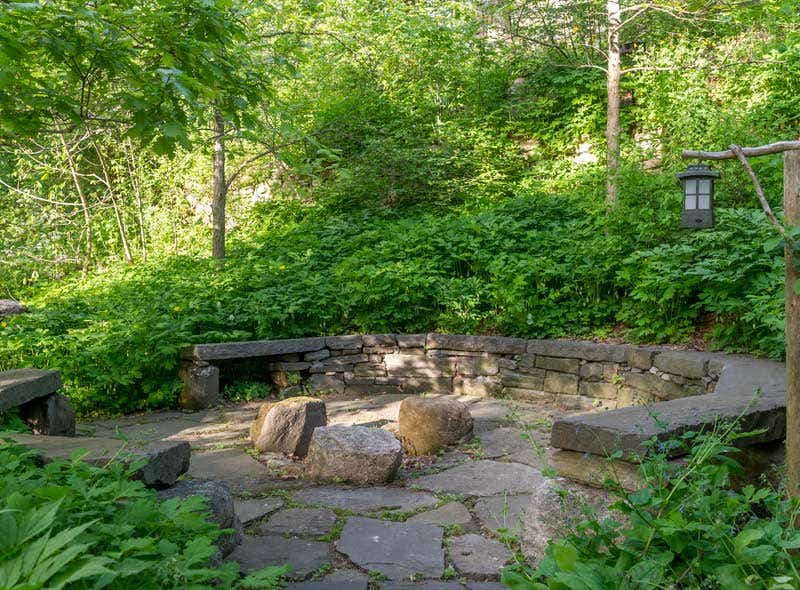
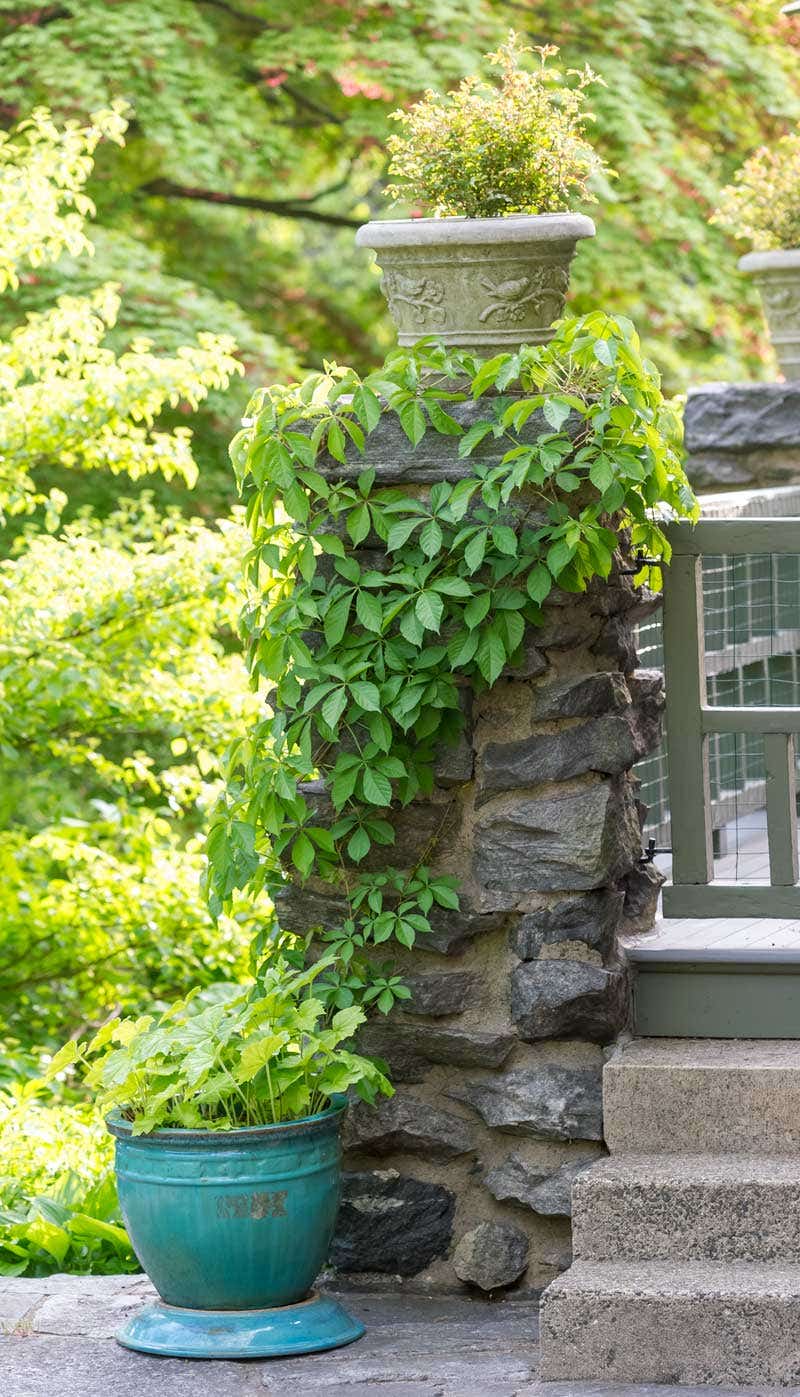
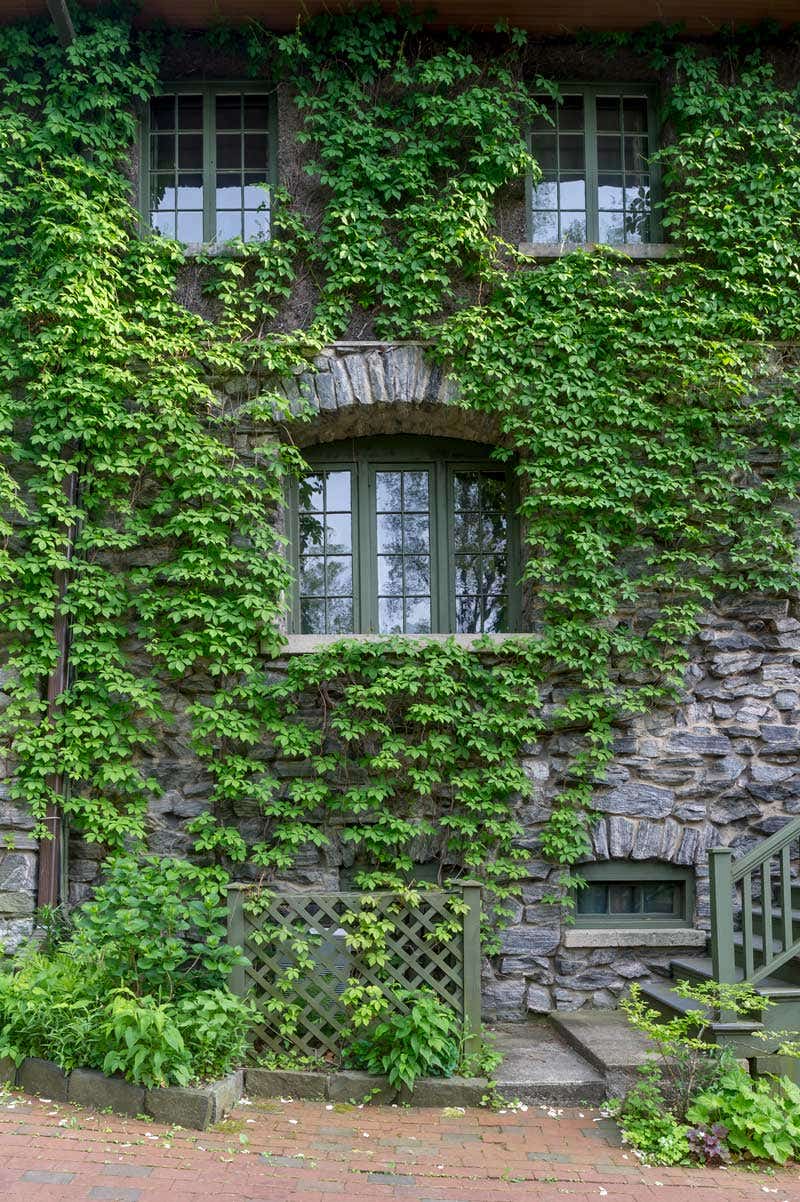
The Montgomerys were very hands-on. Pru wanted a place where her grandchildren would learn how to host the birds and insects that native-plant gardens bring. Conversion planting of the upper garden was done from fall of 2002 into spring of 2003. Then came installation of the lower meadow and pond, where they left remnants of the garden’s old iris, rudbeckia, and other old-fashioned favorites in a cutting garden. Close by is the New World meadow featuring bee balm, sweet Alexander, Joe Pye weed, and native grasses. Around back, the land slopes down, providing places for meadows, pathways, a pond, and a small waterfall. Rustic pergolas share a common theme with fences and railings around the property.
The front yard is merely a sliver along the street. Weaner says the secret to successful design in a compact area is using plants with smaller leaves and an airy composition. “There’s a fine line between wild and overgrown,” he says.
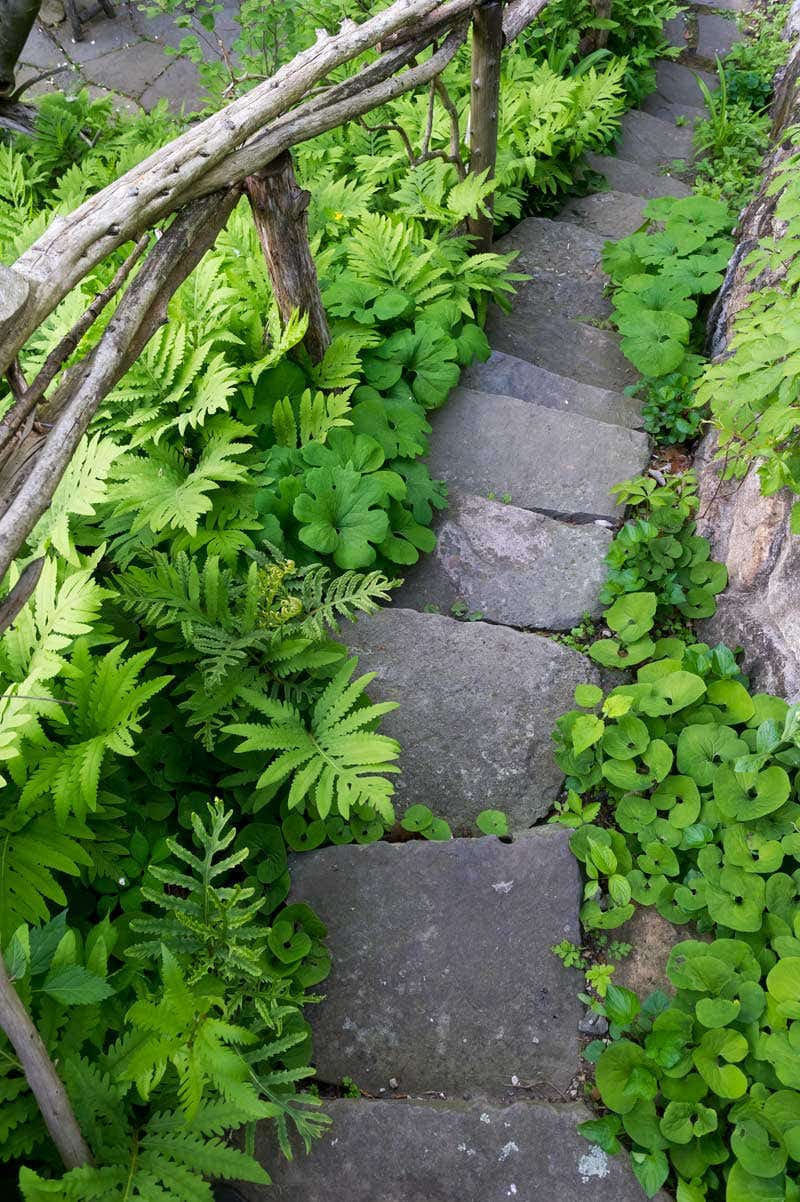
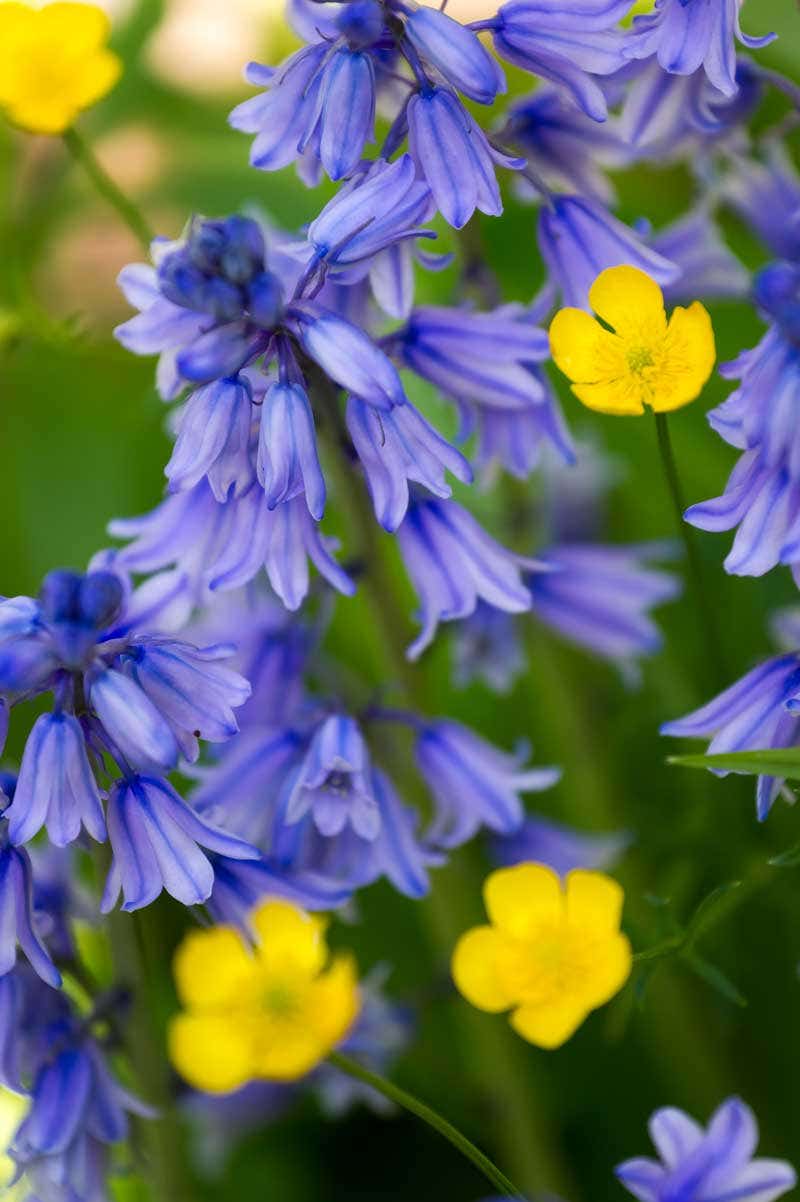
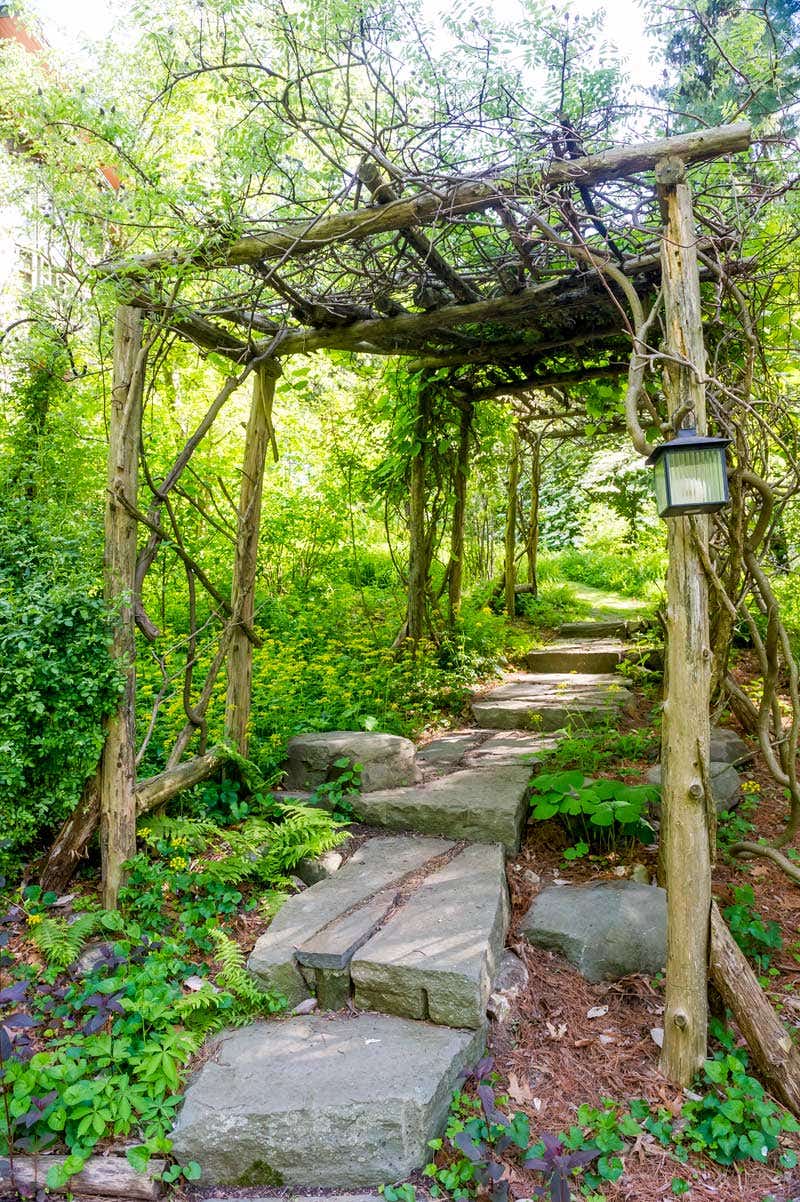
Pru had initially hoped for specific ecosystems to host specific plants, but learned “you can’t keep natives in little spots. It’s about intermingling." Some natives grew rambunctiously and muscled out less aggressive neighbors. But there were benefits nobody predicted. In one case, invasive, non-native Japanese knotweed had created a moist environment that bred mosquitoes. When the knotweed was banished, the mosquito population diminished.
So far, Pru says, the labor required is about the same as for a conventional garden. She’s learned some favorable tactics. Rather than pulling “the bad guys,” which brings weed seeds to the surface when the soil is disturbed, she cuts the stems of unwanted guests, something Weaner taught her. The scheme will eventually result in less weeding.
Meanwhile, Clark and Pru are enjoying the suspense of a space that continually changes. “You’re not inflicting an arrangement,” says Larry Weaner, “you’re following along.”
In her constant, undying pursuit of all things garden-related, Tovah Martin gets her hands dirty both outside and indoors. She is a perennial, heirloom, vegetable and cottage gardener of fanatical proportions, and is accredited with NOFA as an Organic Land Care Professional.



